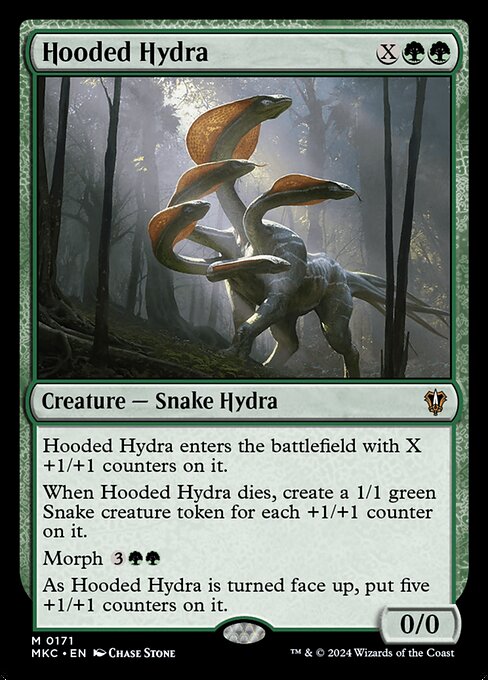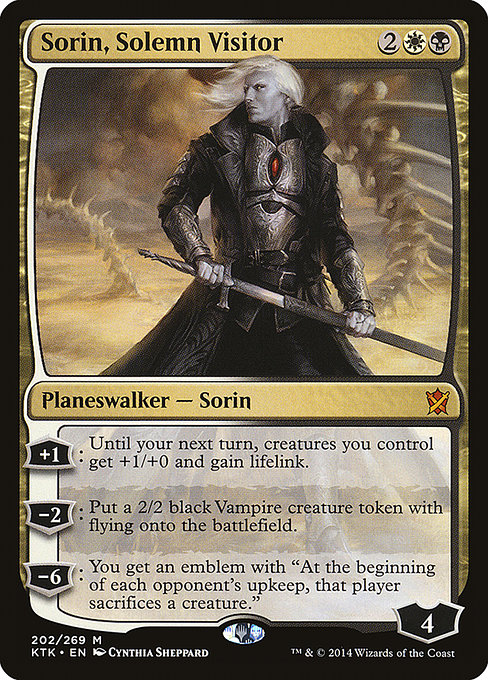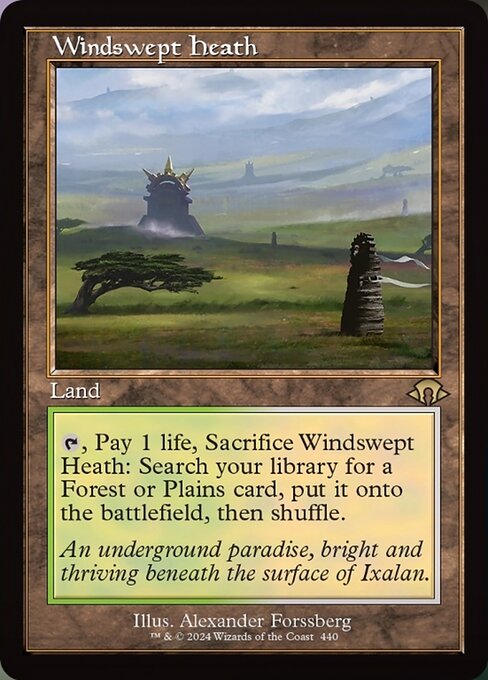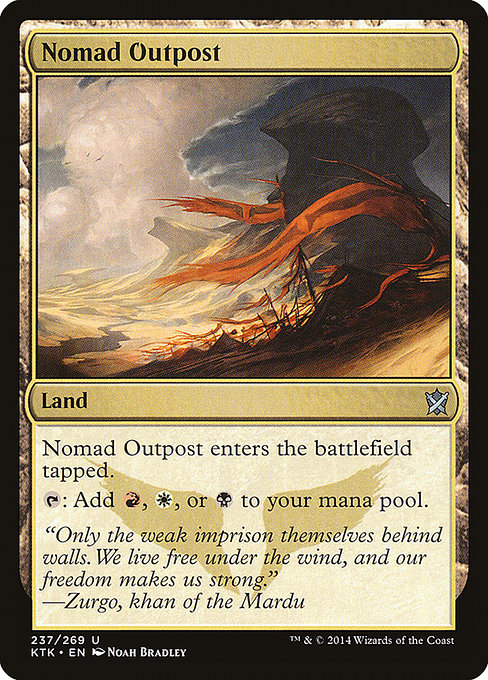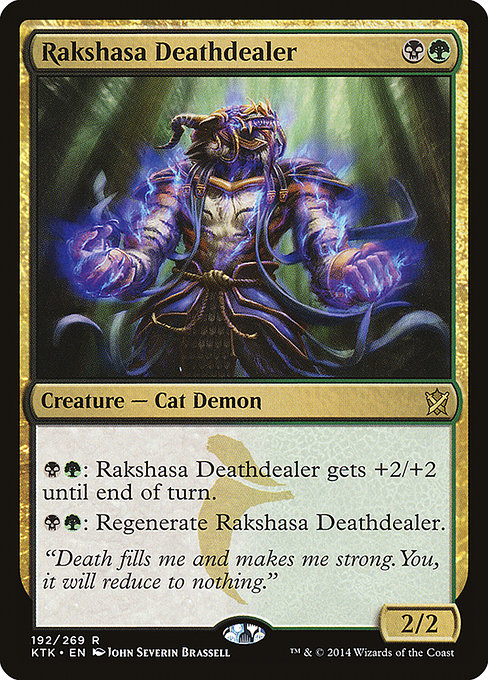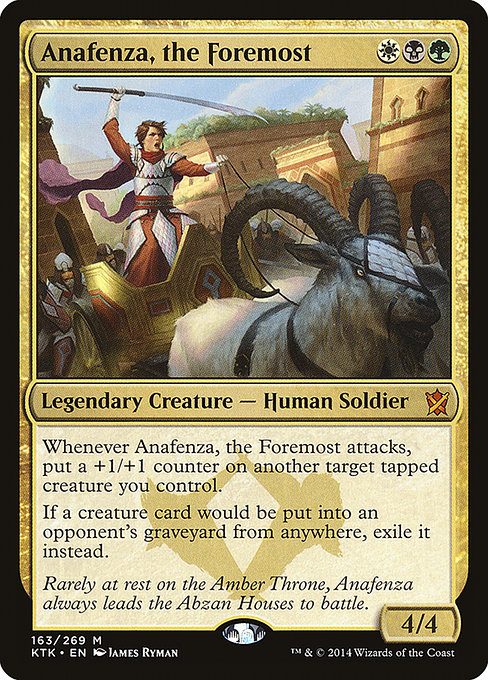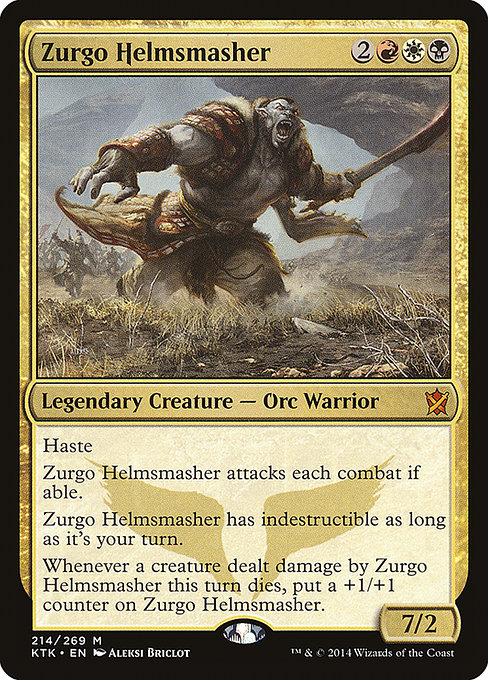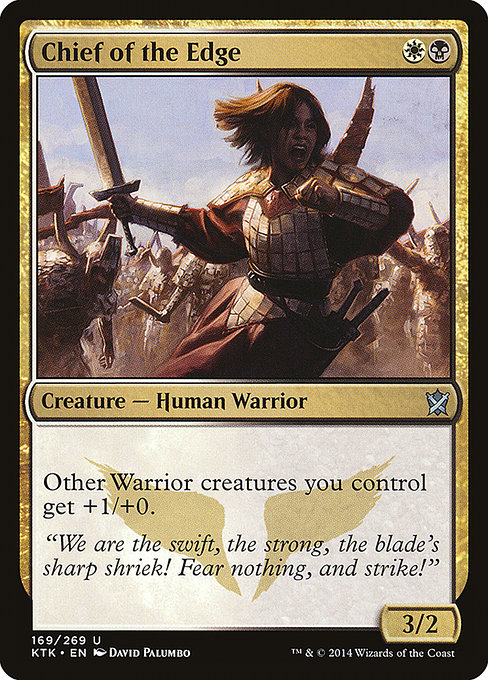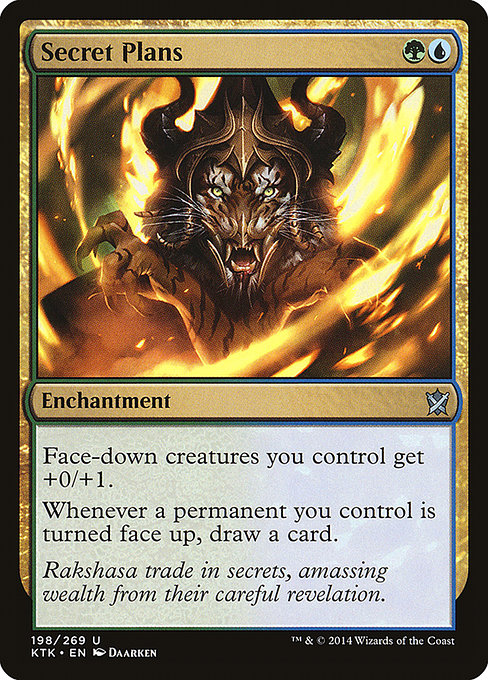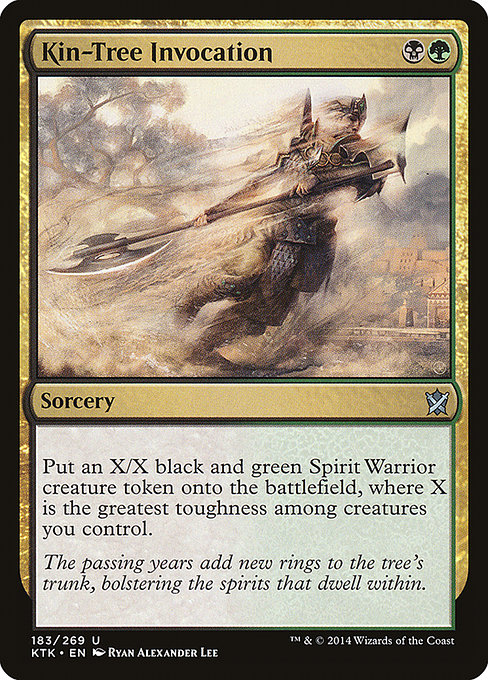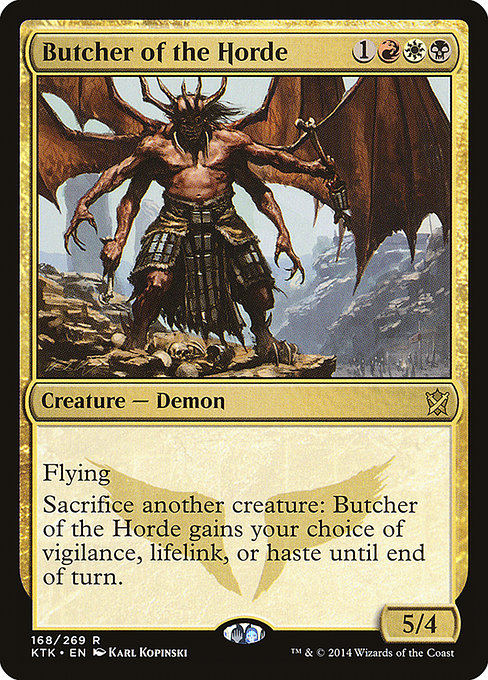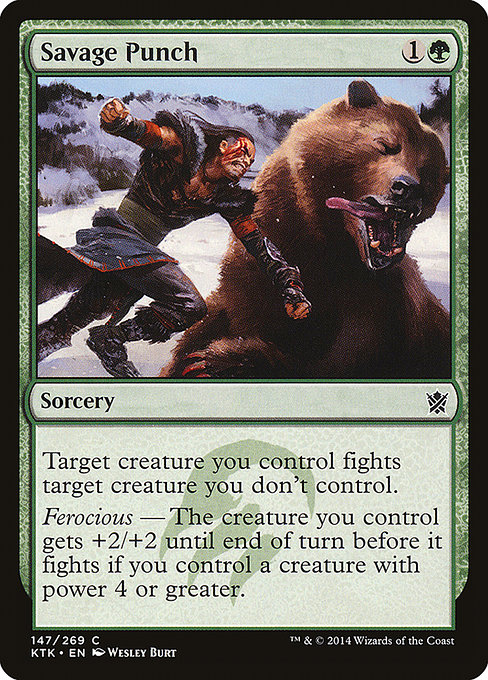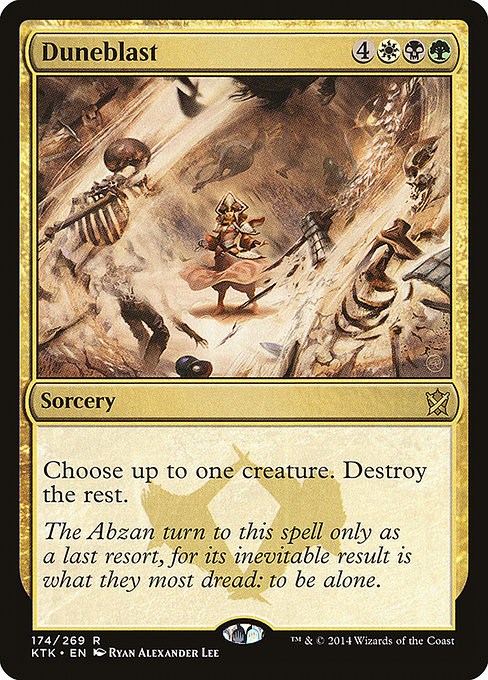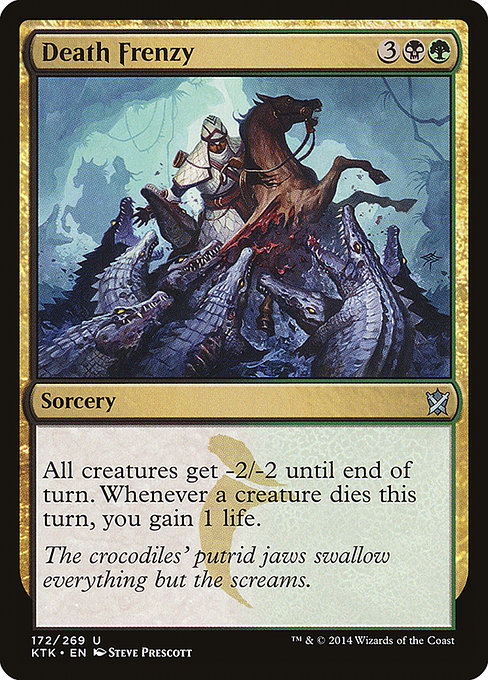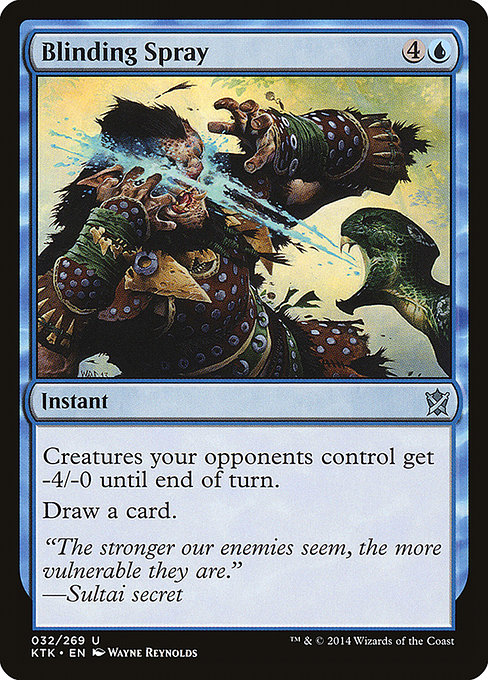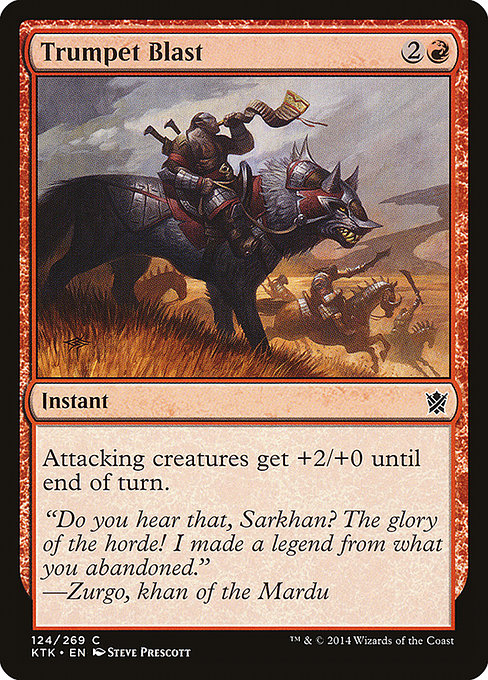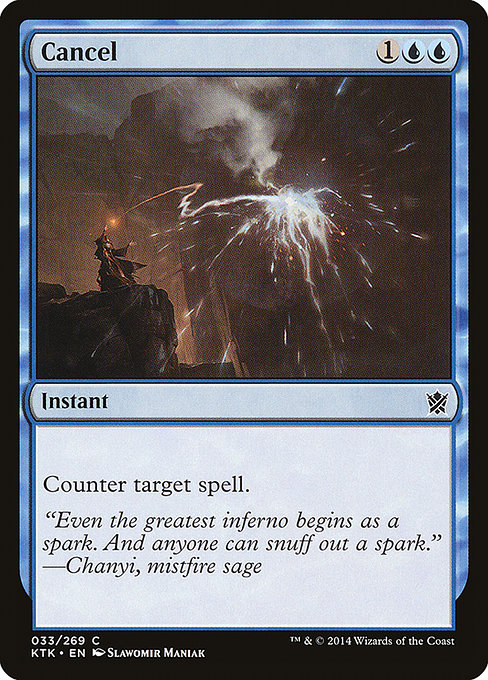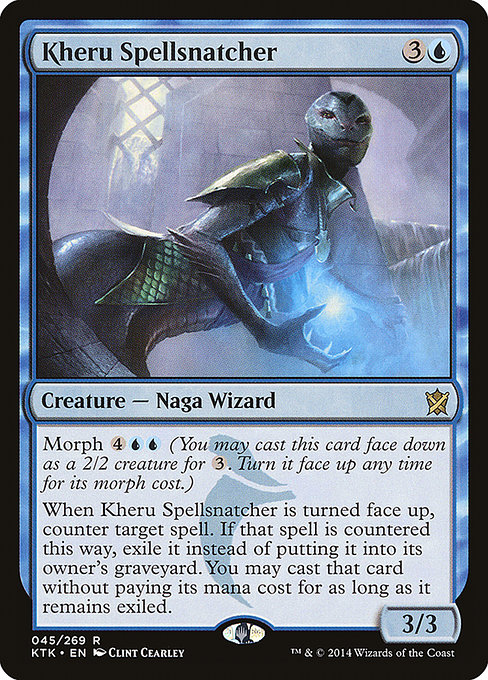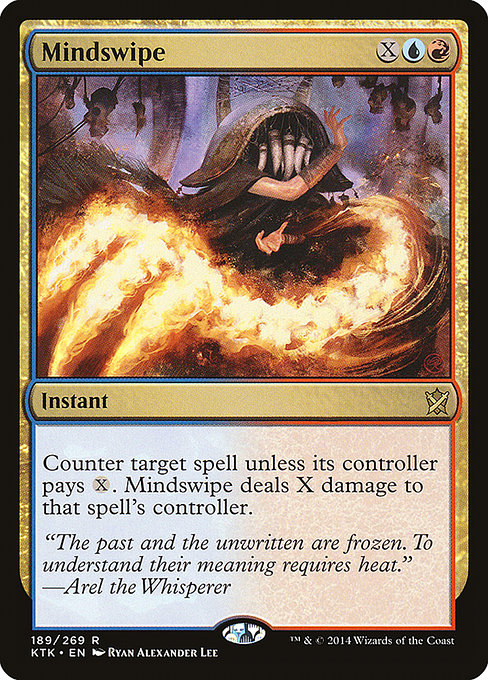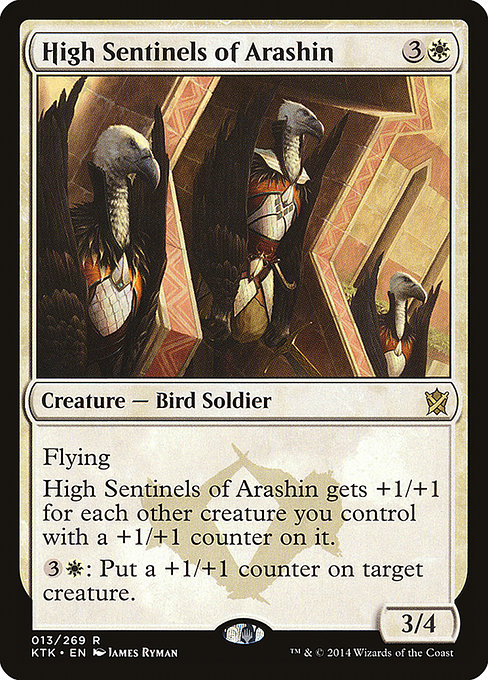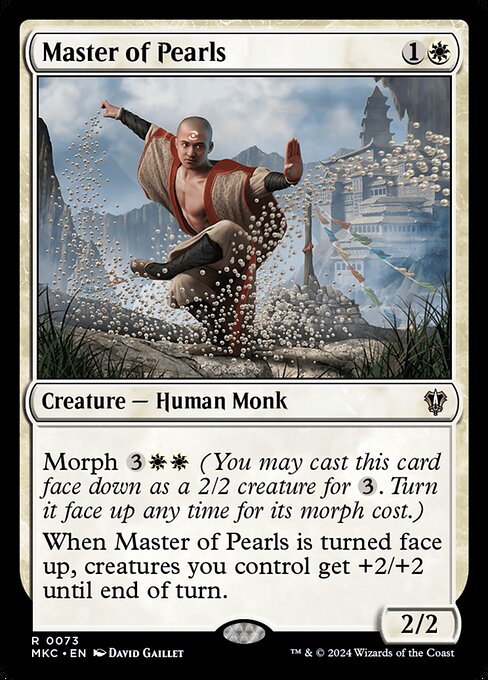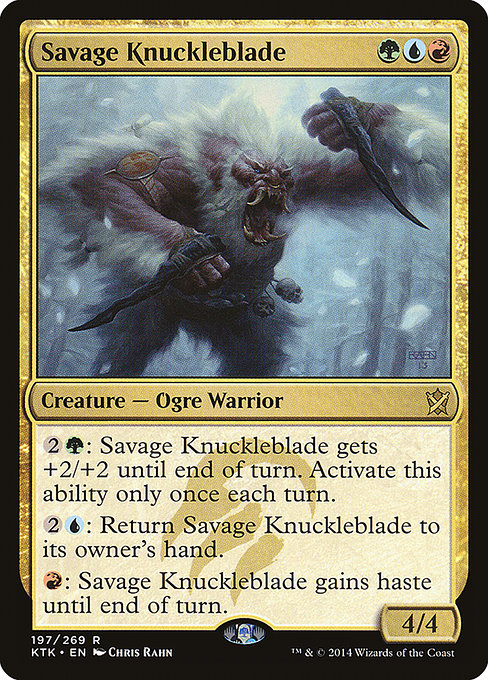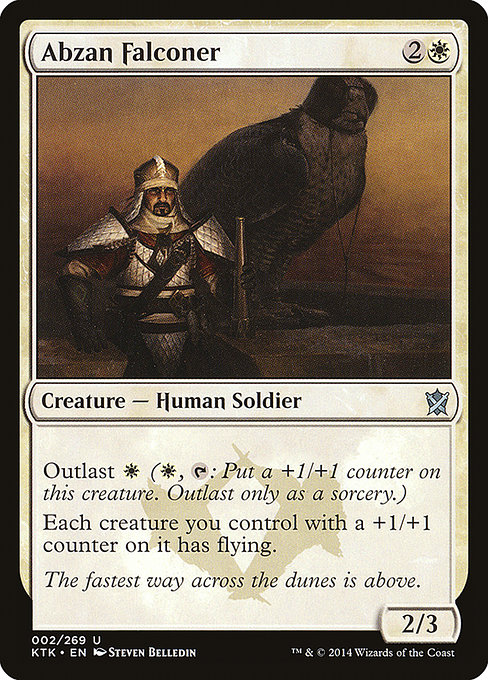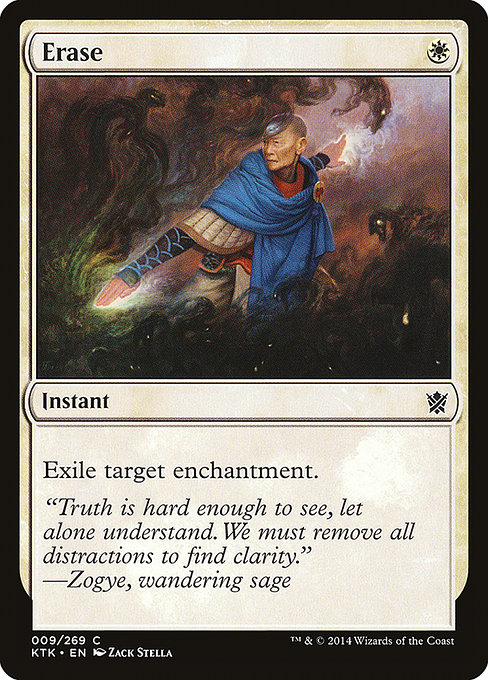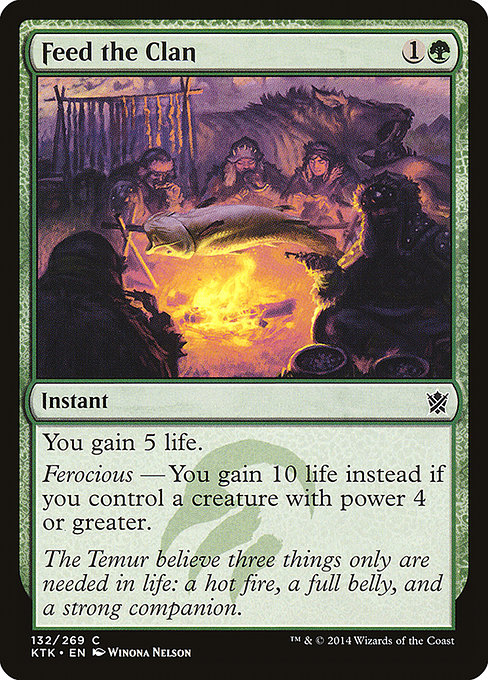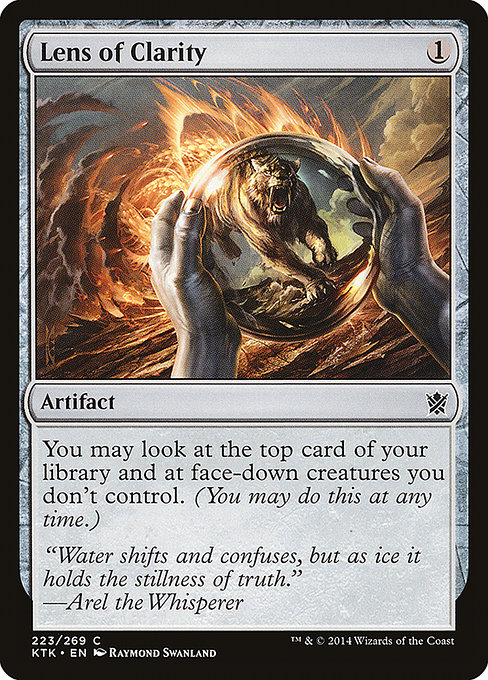Table of Contents
Hey everyone! After receiving many, many requests from all of my adoring fans, I am finally ready to present my Khans of Tarkir draft guide. There is a lot going on in this set and it has been a minute so I didn’t want to do a rush job and miss out on some important parts. I’m very interested to see what effect being stress tested in a Bo1 environment for the first time will have on both the metagame and people’s memories of the set.
Key Ideas of Khans of Tarkir Draft
The very first thing we need to discuss is the massive differences between limited back when this set was originally out and how it currently is. I’m not just talking about design philosophies, but how content is produced and consumed. The number of games being played and data being shared is so much higher that all of the mysteries become solved. It’s no longer where people keep falling back on the predictions that were made before the format launched.
On top of that the average limited player is significantly better than they were when this set dropped. They are much more open to concepts such as drafting five colors or going against the grain from what the set is telling you to do. While the very basic things still apply, I fully expect to see further evolutions in what many people would have previously considered a solved format.
If you look at the life cycle of a draft format on Arena, there are massive changes throughout until it hits the end stage about a month after release where, especially in mythic, you are facing a ton of mirror matches because that is the correct thing to soft force. Coming into this set, I’m looking at it as being similar to being two weeks into a normal set where more invested players have a good idea about what is going on, but it’s far from perfected.
Now that we have that out of the way, we’re on to more set specific things. This is designed to be a three-color set, but that is far from a hard and fast rule. The majority of your drafts are going to be two color decks with a light splash. You can also play five color good stuff or solidly two-color decks so there is a lot more variety than it would appear.
It’s a wedge set, not a shard set. That means we’re dealing with Abzan, Jeskai, Mardu, Sultai, and Temur. This is important because it means that your speculations on lands and gold cards should be into enemy color pairs instead of allied. For example, if you grab a Golgari land, that leaves you open to both Sultai or Abzan. If you take a Rakdos land, that only goes into Mardu.
As you can imagine, mana fixing is very important in Tarkir. The tri-land cycle (Sandsteppe Citadel, Mystic Monastery, etc..) are huge and actually pretty high picks because they unlock a ton of potential shenanigans. Even the dual lands that gain a life can be very important so they are typically taken over medium playables.
I went into Morph during my mechanics article, but I still want to cover some more of it here. One of the big things is that Morph ensures that almost everyone always has a three drop. Since they are colorless, that means that even bad mana won’t stop you from playing them. That is one of many things that contributes towards a lot less non-games where someone gets ran over while they don’t get to play anything.
Figuring out morph sequencing can give you a big leg up on the competition. I’ve heard some overly simplified theories about morph order. You will be much better off thinking through each individual sequence than trying to go off of some predetermined order. If you are planning to try to trade off morphs, then you would typically lead with the one you don’t mind losing. While you’ll usually want to wait until the turn before you can flip them to play your better morphs and ones that can win a combat when unmorphed.
While there are a large number of potential morphs your opponent could have, you can usually whittle it down to a few options based off of their play patterns. The average Magic player isn’t going to just bluff a morph into a 3/3 without some kind of backup plan.
I would 100% recommend pulling up a list of possible morphs so you have an idea what could happen. You really don’t want to get got because you didn’t realize they could have an Ainok Tracker or Glacial Stalker.
Until five mana, you don’t have to worry about getting wrecked in morph-on-morph combat. There are no morphs in the set that can flip over and “win” a combat for four mana. There are some that can bounce off or trade, but none that outright wreck you. Once your opponent is on five mana, you really don’t want to be blocking most of your opponent’s morphs without a plan of your own.
Format Speed
This is going to be much slower than a modern limited set. It’s not slow in the sense that things grind to a halt where you’re going to decking. It’s more that you don’t fall to a horde of one and two drops packed full of value. Once morphs start flipping the game speed can accelerate very quickly.
This means that cards that would seem far too durdly by today’s standards will usually play much better than you would expect. We will see if that changes now that it is being exposed to best of one.
Archetypes
Normally I would be discussing archetype or color tiers here. That is almost impossible to properly rank in this set because there are going to be massive variations within each individual draft. It makes sense because you aren’t going to be a solid three colors that often. You’re going to be splashing around a lot and the cards can be generically good across different archetypes. Instead, I will just briefly give you a bit of info about all of the different archetypes.
Being in the right lane is far more important than going into a draft trying to soft force something. That’s right, it’s a drafting the hard way type of set.
There was a point when the set was out that five color decks were all the rage. They would focus on grabbing up as much fixing as possible early and taking all of the good cards later. There will be drafts where this is still possible, but draft has evolved to the point that this probably won’t work as often as it did back then.
The main reason is that it’s a widely known strategy so you probably won’t be the only one at the table trying to do it. Sure, the first few days are always a crapshoot. After that, people are more likely to try to grab power cards to splash themselves or properly draft fixing. This feels like a strategy you should fall back into rather than go into a draft with it as your main game plan.
The Abzan wedge is about outlast and +1+1 counters. The uncommons can be huge swings in the game especially Abzan Falconer and Tuskguard Captain. Feat of Resistance is amazing here both because it can blow them out and add a counter to get some of those sweet abilities going.
The Mardu wedge is planning to raid the opponent until they submit. That means that you definitely want to make sure that you have two drops so that you can easily trigger raid early. Mardu Heart-Piercer and Mardu Hordechief are amazing payoffs for this. I would recommend being closer to two colors when playing in this wedge because you have to keep the number of tap lands down in an aggressive deck.
The theme of the Jeskai wedge is Prowess. It’s not that the ability isn’t good, it’s that it wasn’t really pushed at the time because of the lack of cheap spells you could trigger it with. You’re more focused on being an aggressive tempo deck that happens to get some pumps.
The Sultai them is Delve. There aren’t really enough enablers (who knows, maybe you ended up with 3 sac lands), but having a few delve cards in your deck can still be really strong. If the cards in your graveyard weren’t going to any other use, then exiling them for mana is taking advantage of an otherwise unused resource. The problem is that if you have too many Delve cards, then you quickly run out of graveyard and just have a bunch of overpriced spells in hand.
The theme for Temur is Ferocious. I’m going to be honest here, actual Temur decks were pretty rare for me. I would recommend leaning more into Gruul beatdown (with ferocious cards) or Simic morphs guest starring the other color instead of solid Temur.
Once we get down to the two-color deck archetypes, they are mostly in enemy color pairs. You can still do allied ones such as the aforementioned Gruul when they come together, but they aren’t as supported.
Orzhov warriors can arguably be one of the best archetypes. You just flood the board early while you can pick up lords in Chief of the Edge and Chief of the Scale. Rush of Battle can be insane in this archetype because outside of the massive pump, you gain enough life that you don’t have to worry about the swing back.
Simic morph is certainly a deck that has received some love over the years. Secret Plans does some work here because your morphs aren’t trading with theirs while becoming a card advantage engine later on.
Golgari likes big butts and they cannot lie. The signpost uncommon Kin-Tree Invocation goes great with a cheap wall such as Archers' Parapet to give you a massive head start on your opponent.
Izzet spells is about the same thing you would expect from current versions. The spells aren’t as cheap as they are these days, but they can still get the job done.
I’m sure I don’t have to explain that Boros is aggressive. Ride Down is a solid removal spell that forces through damage on even the biggest blocker. Highspire Mantis looks pretty medium by todays standards, but a Phantom Monster with trample will put in some work here.
Tips and Tricks
While there are a ton of decisions that come into play, this can be a princely format because there is a huge difference in card quality between some of the rares and the commons.
This is an eighteen-land format. Hitting land drops is key to staying ahead of the morph game and it is a very mana intense format. You’re usually playing three colors even if one is a splash so you want to have enough sources.
Knowing that you will be facing a ton of morphs makes you reevaluate a lot of the cards. Your two-drop trading for a three drop is positive tempo while a card like Death Frenzy plays a lot better than you would expect. Debilitating Injury is actually a good card because of this. Even Alabaster Kirin is a solid card because it can crack in up above while holding back morphs.
Evasion is at a premium because there isn’t a lot of it and the removal is clunky.
Speaking of a lot of clunky removal, Feat of Resistance is great because the removal isn’t.
While Murderous Cut is premium removal, the rest of it is so janky that Kill Shot, a card that would be questionable these days, is pretty solid in this.
Savage Punch is good removal in Gruul or anything expecting to have creatures with over four power. Prowess will resolve before the spell does so you will still get ferocious with Bloodfire Expert.
Unless there is a major power difference, you usually want to start off your draft with a single-color card. After that, you usually want to consider an enemy color pair since it will be easier to get into a lane with that instead of an allied one.
Good two drops are amazing because morph is so common. Even mediocre bears can be playable because of this.
Ruthless Ripper is a good one to put your opponent on based off of their priority when tapped out. Keep that in mind before attacking one of your key creatures into a morph.
The banners aren’t good cards and you will very rarely want to have them in your deck. Playing one of those after your opponent plays a morph feels really bad.
Morph is much more skill testing in a best of three environment where you gain knowledge throughout the match. In best of one, it will have a bit more randomness involved. In other words, you’ll be rewarded on day two of the Arena Open much more than you will during premier drafts.
This set is from back in the days when there were still a lot of questionable cards. Just in case you don’t hit playables, you might want to grab an off-color morph late to shamefully be card twenty-two.
Some of you may get excited about Heart-Piercer Bow due to your experience in M20. It is an uncommon here so you are far less likely to have multiples where you get to keep mowing down their creatures.
Ghostfire Blade may resemble clunky equipment until you remember that morphs are colorless. It is very good.
As I briefly mentioned earlier, delve is using a limited, but basically free resource. That makes the first Treasure Cruise a much higher priority than the second unless you are playing ways to enable them such as Bitter Revelation or Scout the Borders.
Sweepers
Duneblast and End Hostilities are both certified bangers that are going to destroy some carefully built board states. On one hand, sweepers can be a little worse with morph because they are tying up mana into them instead of building a board. On the other hand, you know you should be able to get to the point in the game to cast them when you’re the one who knows its coming.
Death Frenzy is one of those cards that you would laugh at if you opened it in a recent set. Especially in bo1, it is going to leave a serious mark on an unexpecting opponent who is just playing their morphs out while you play three toughness creatures. Definitely be on the lookout for this if your opponent is in these colors while dropping some large butts on the battlefield.
Combat Tricks
I’m not going to list morphs in this section because technically every morph is a trick.
Feat of Resistance is the most important trick to not get wrecked by since it can do so much for only two mana.
Abzan Charm is another one that can completely destroy a combat. How are you coming back if you lose two creatures and theirs now have counters on them? Jeskai Charm and Temur Charm are also combat tricks to look out for, but you should be able to figure it out from your opponent’s mana.
Awaken the Bear, Become Immense, and Dragonscale Boon are your big green pump spells to watch out for.
Blinding Spray can be a massive swing if everything is lined up equally. It’s expensive and situational, but when it’s good, it’s really good.
Defiant Strike replaces itself, but doesn’t usually do much more than possibly making a creature trade up unless you’re using it with first strike.
Flying Crane Technique is hard to play around as a rare with a huge effect, but it can either outright kill you or turn into a Settle the Wreckage.
It’s hard to put them on a Ride Down sicne they will usually have plenty of open mana when attacking, but be wary of it if they are making a strange attack into a good blocker.
You only have to worry about Dragon Grip if they have a creature with power four or greater unless they are on the double trick plan.
Trumpet Blast is the go wide pump spell. It is a great follow up to a flipped Ponyback Brigade.
Counterspells
The three mana Cancel variant of the set is just straight up Cancel. It is what it is.
Disdainful Stroke isn’t at its best here because a lot of the expensive creatures will come into play as morphs that it can’t target. It’s amazing against most of the big bombs though.
Kheru Spellsnatcher is very expensive and has to be morphed for the effect so it will shine a massive signal up if they meet these conditions and pass. It is a massive swing in the game when it happens though.
Stubborn Denial is a constructed card, but is still something to consider if they keep holding up a single blue.
Trap Essence and Mindswipe are rares so you are less likely to run into them, but can be huge swings if you do.
Temur Charm does it’s best Mana Leak impression for three colored mana.
Bombs
These are the Pack One Pick One (p1p1) no doubt, windmill slam, just take them rares of the set. These are not in rank order, just take these over any non-mythic uncommon or common. There are plenty more easy first pick ones, but I only have so much room in this article.
- Abzan Ascendancy
- Anafenza, the Foremost
- Butcher of the Horde
- Duneblast
- End Hostilities
- High Sentinels of Arashin
- Hooded Hydra
- Master of Pearls
- Sagu Mauler
- Savage Knuckleblade
- Sarkhan, the Dragonspeaker
- Siege Rhino
- Sorin, Solemn Visitor
- Thousand Winds
- Wingmate Roc
Mythic Uncommons
These might be uncommons, but they sure don’t play like they are.
Do Not Draft List
These are the cards that you really shouldn’t try to talk yourself into. Just let them live peacefully in the sideboard (preferably someone elses).
Wrap Up
Thanks for reading! I’ll be back in a couple days with my sealed guide for KTK. Until then, stay classy people!
I’m always open to feedback, let me know what you loved, what you hated, or just send dog pics. You can contact me at:
Premium >
Enjoy our content? Wish to support our work? Join our Premium community, get access to exclusive content, remove all advertisements, and more!
- No ads: Browse the entire website ad-free, both display and video.
- Exclusive Content: Instant access to all exclusive articles only for Premium members, at your fingertips.
- Support: All your contributions get directly reinvested into the website to increase your viewing experience!
- Discord: Join our Discord server, claim your Premium role and gain access to exclusive channels where you can learn in real time!
- Special offer: For a limited time, use coupon code L95WR9JOWV to get 50% off the Annual plan!


























